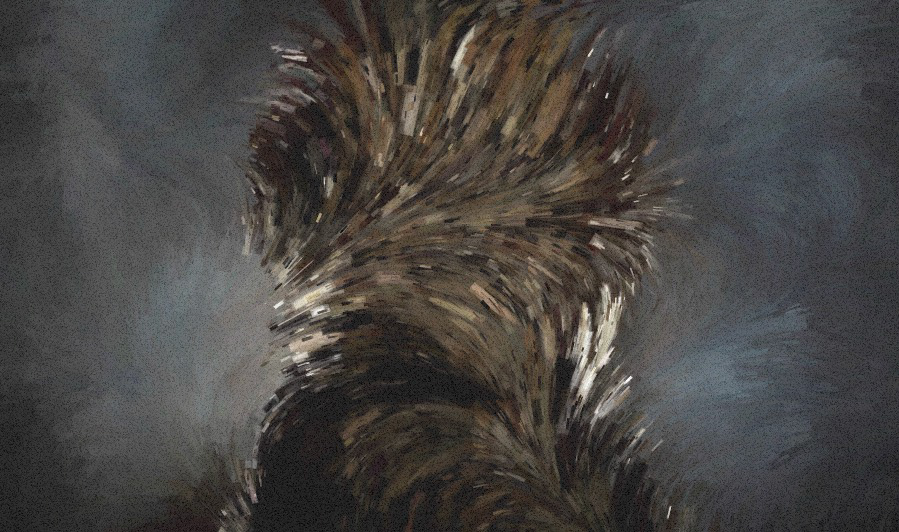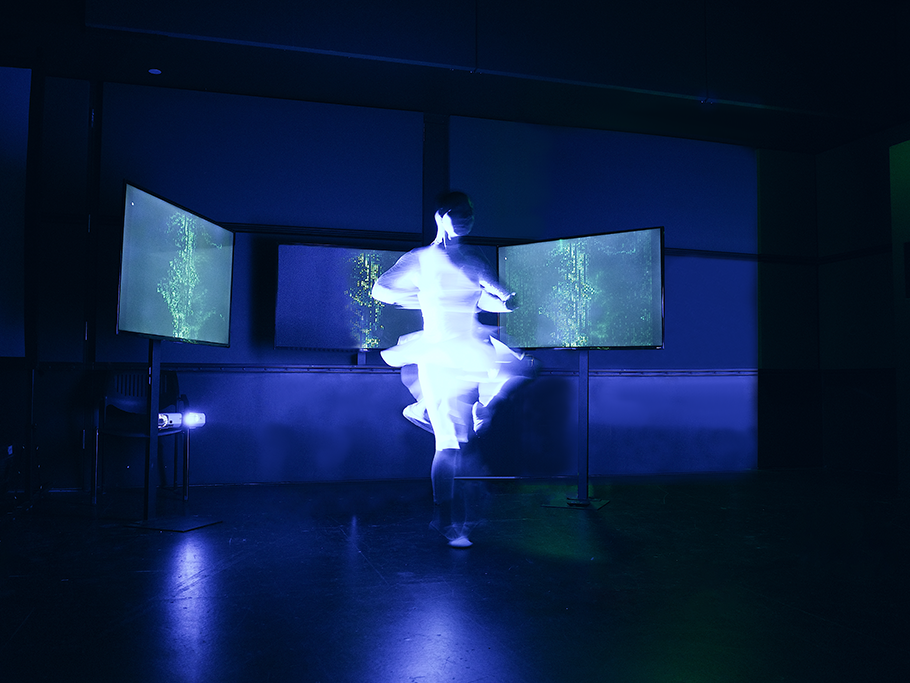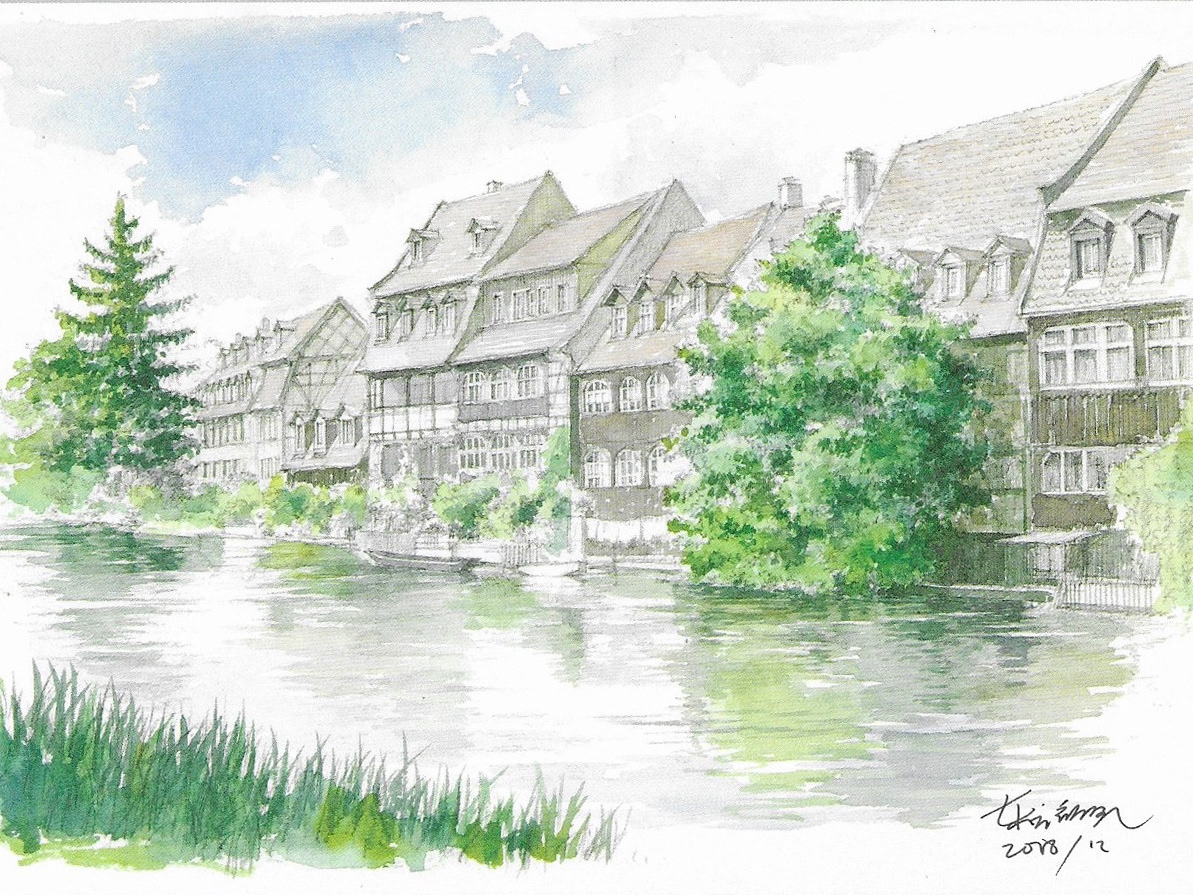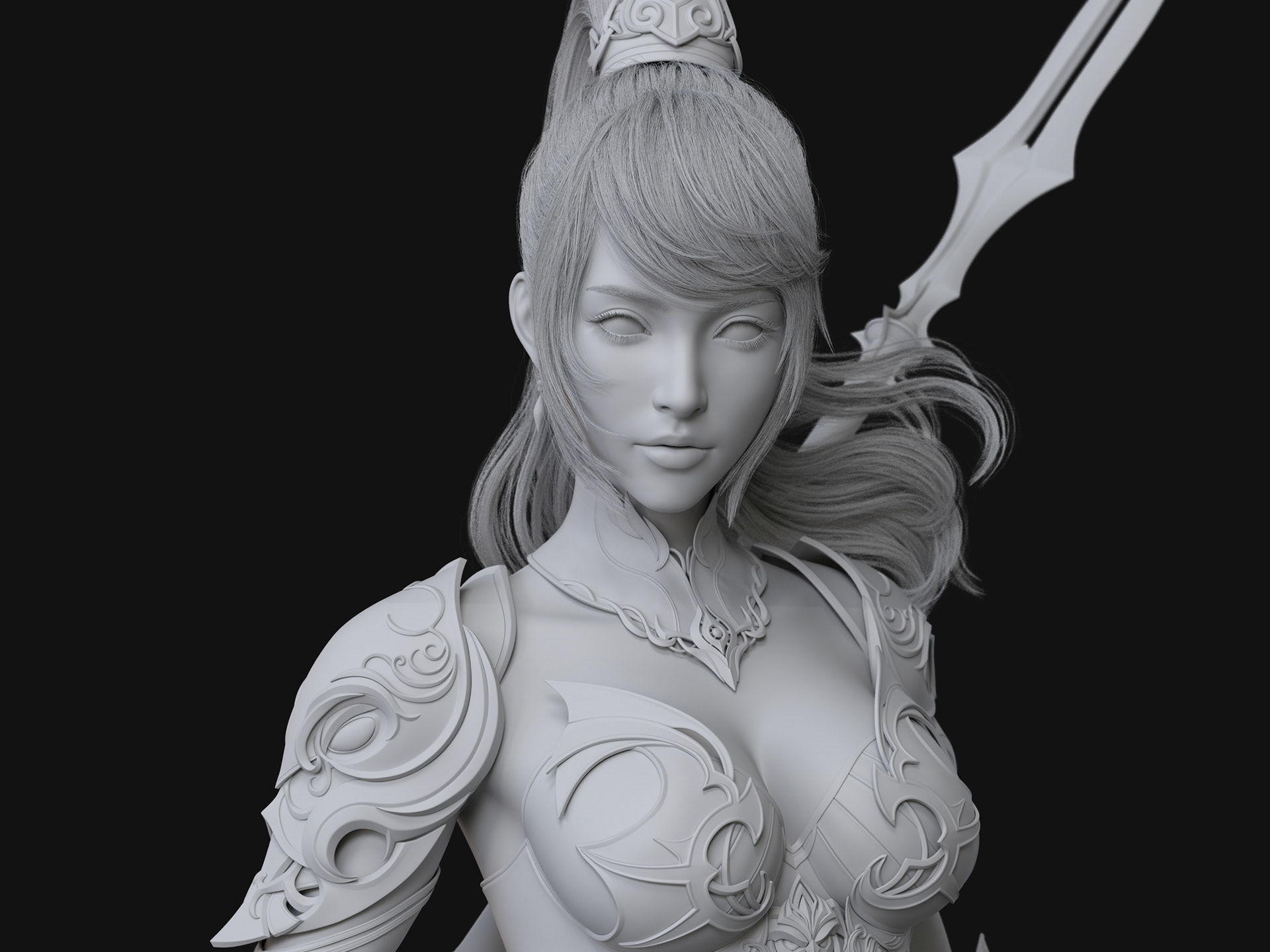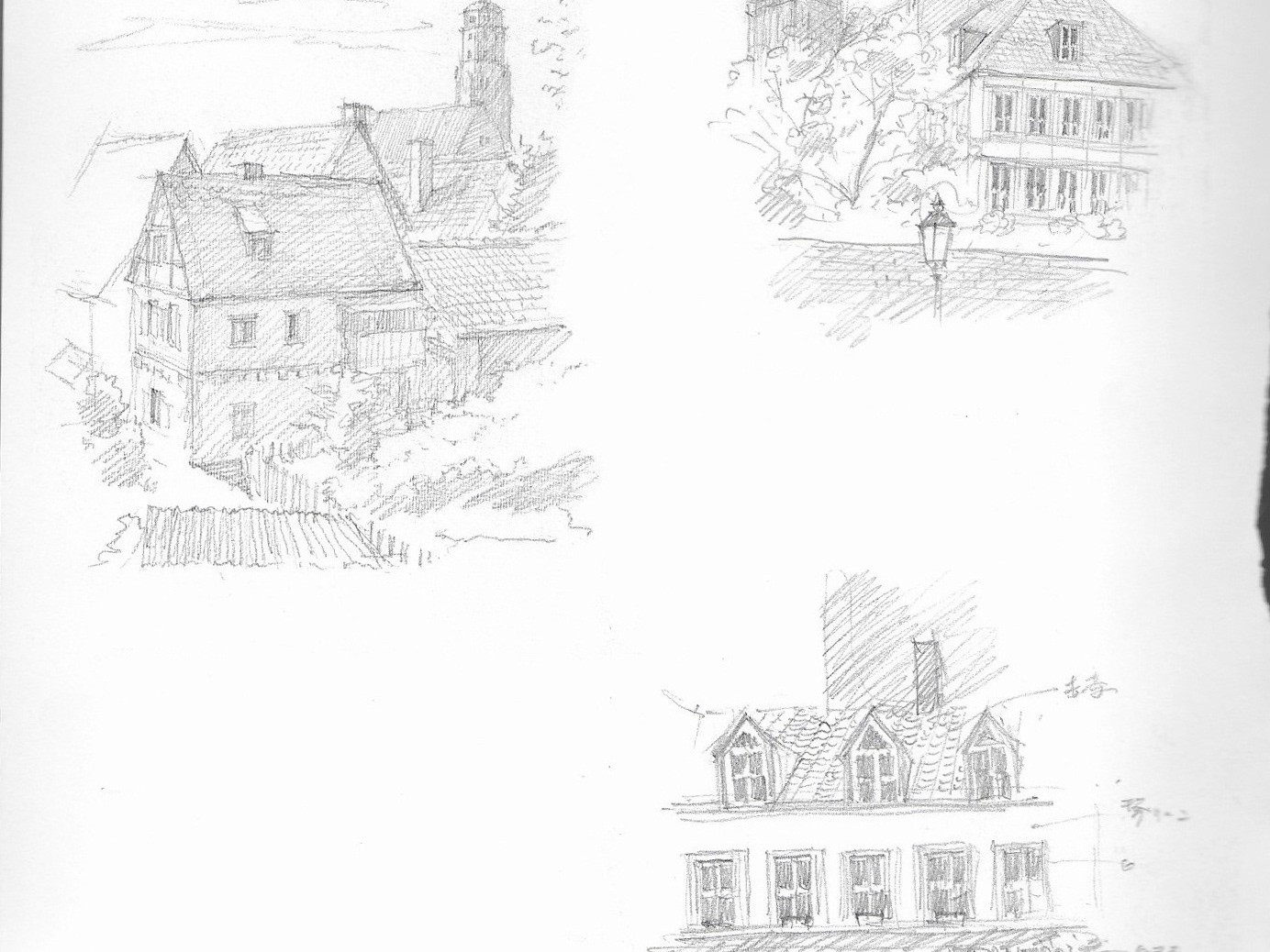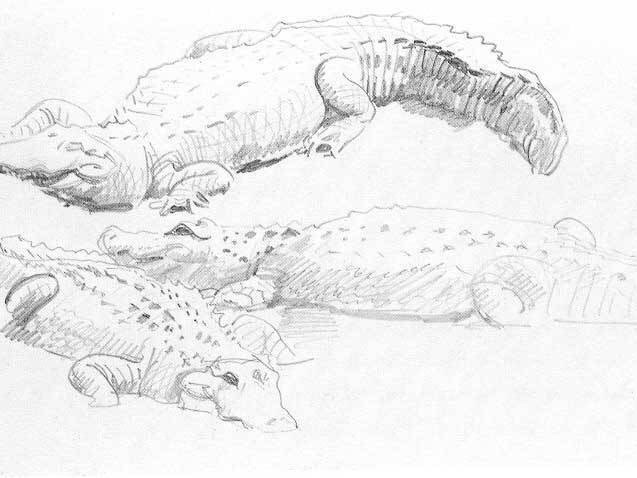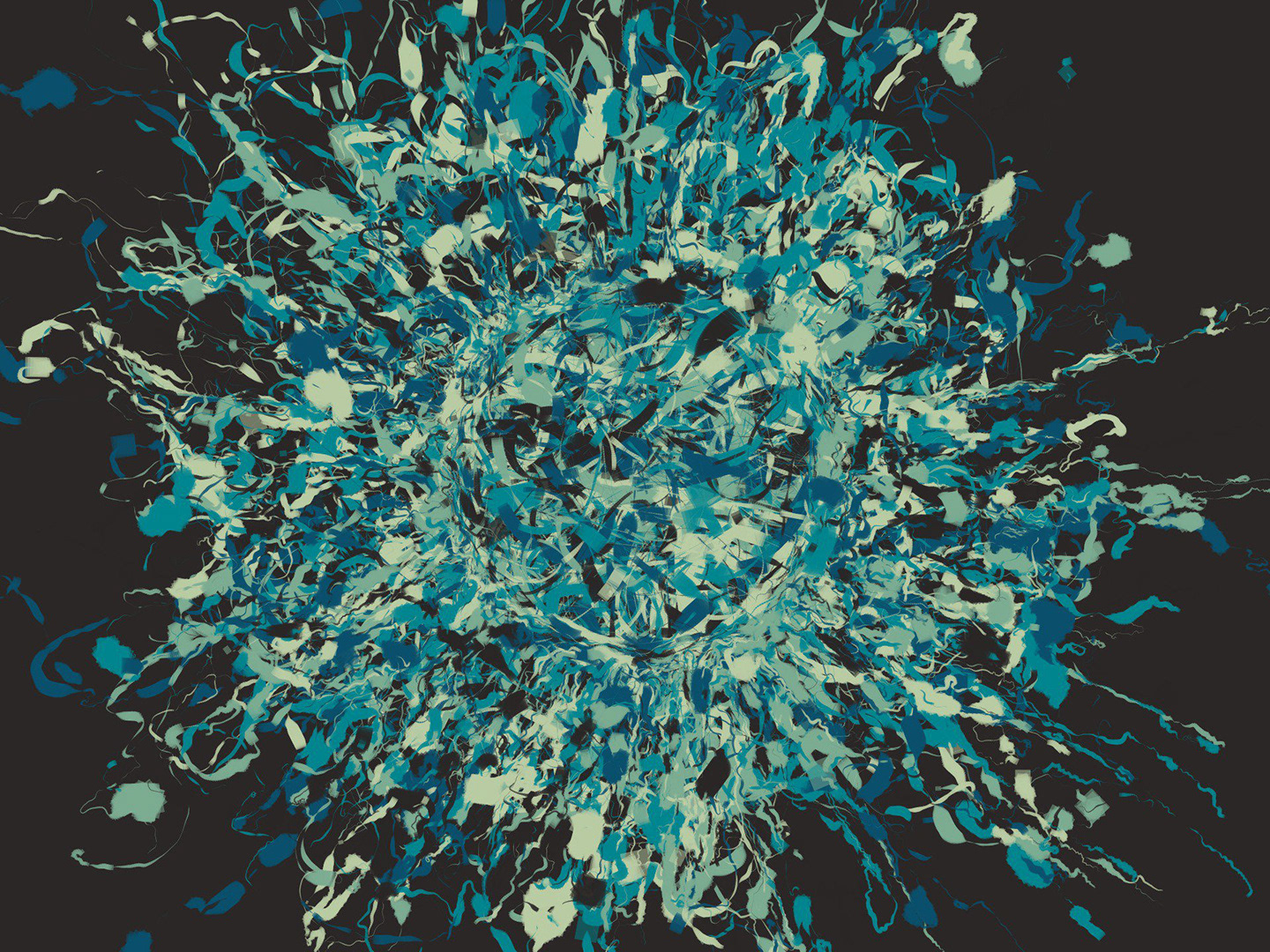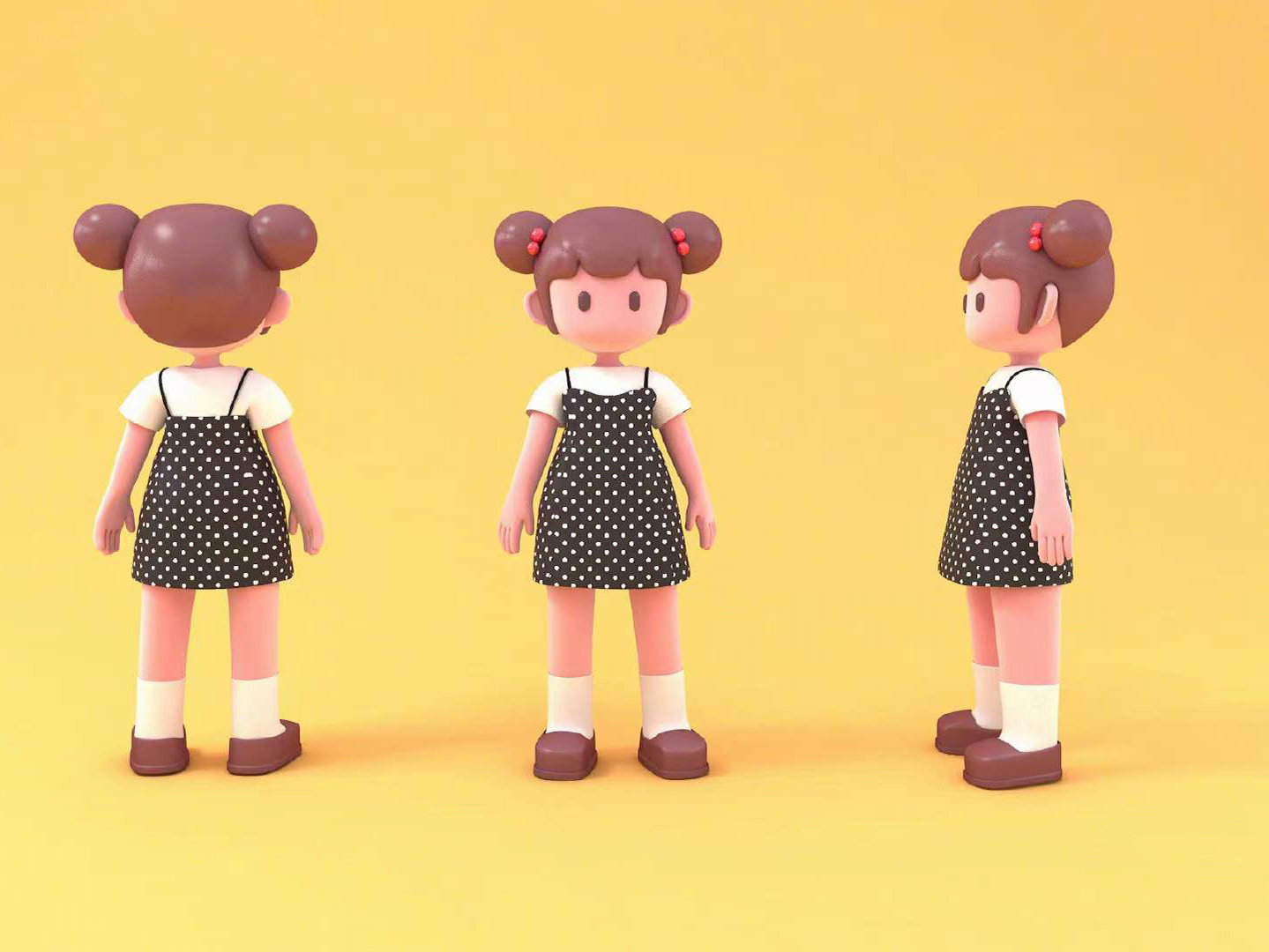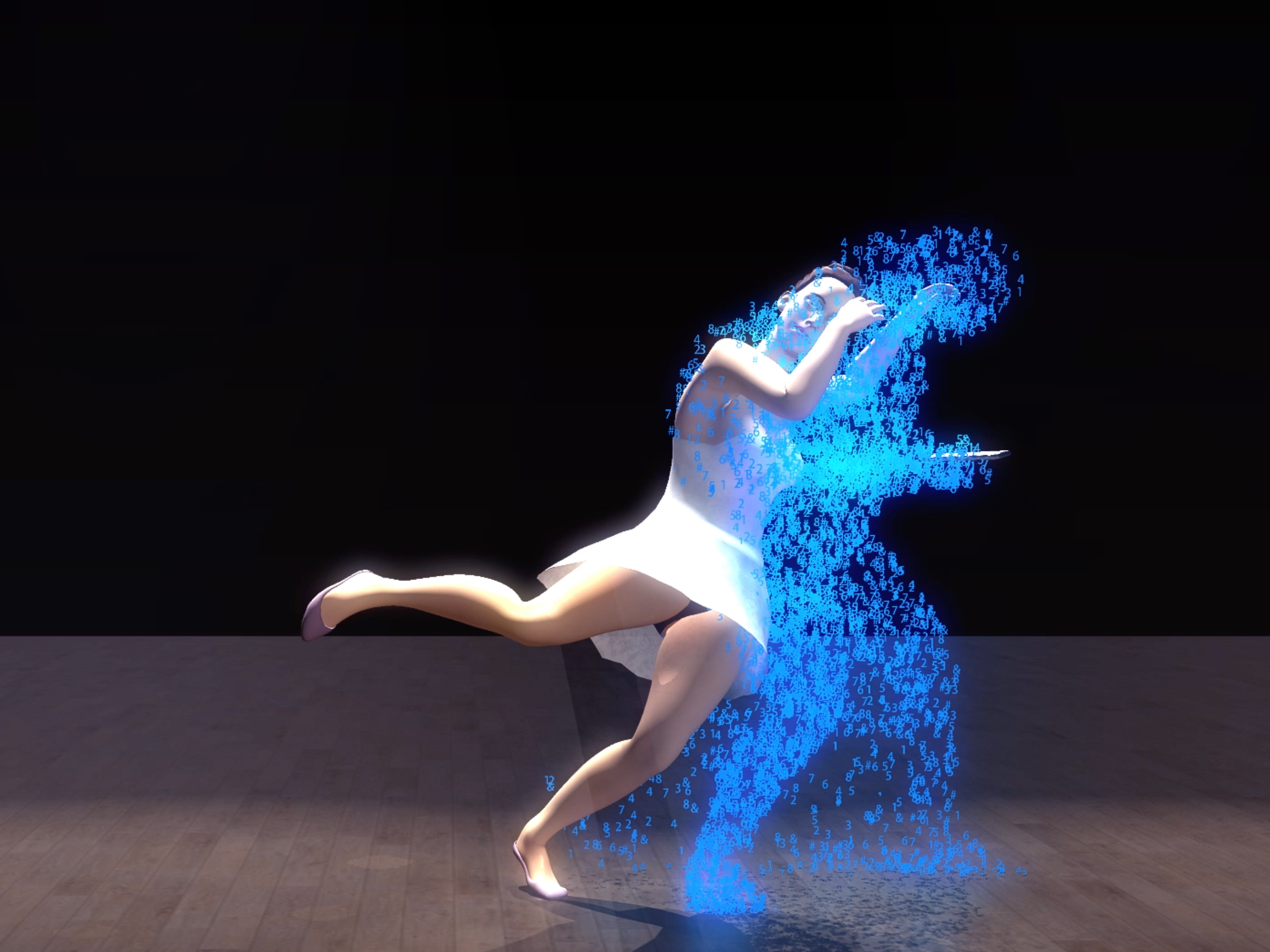Impressionism aims to induce a dance of color and movement using harsh brushes of oil on canvas. My program "Generative Impressionism" takes a step beyond by bringing the brushstrokes to life. Each stroke exists on it's own taking the color and path appropriate to it. Alone it flows in the current. but look beyond. If you take a step back you can perceive a striking image... a living image. Because it is living you must observe it as long as it survives. Like a blooming flower after a while it wilts away so appreciate the fleeting beauty of it.
The short answer is that I taught a computer to paint portrait like Monet. The long answer is we made a generative system that uses learned brush strokes to create different components of a portraits painting, using a particle emission system interacting with a masking system and an interactive mask. The first step of the process involved looking at reference images, both of Monet's waterlily and landscape paintings, and of real paintings to see what the impressionist artist was depicting in simple paint strokes. The reflection of the portrait is the base layer in the system, digitally rendered to look like paint by using a combo of shaders and filters over a sky and shadow system. The brush strokes for the lily pads were taught to the computer, and can be retrained to alter the style and effect of the painting. Foreground and background strokes were rendered differently in Monet's canvasses, so this effect was replicated in the generative painting system. Finally, the generating portraits emerges as a series of short brush strokes.

